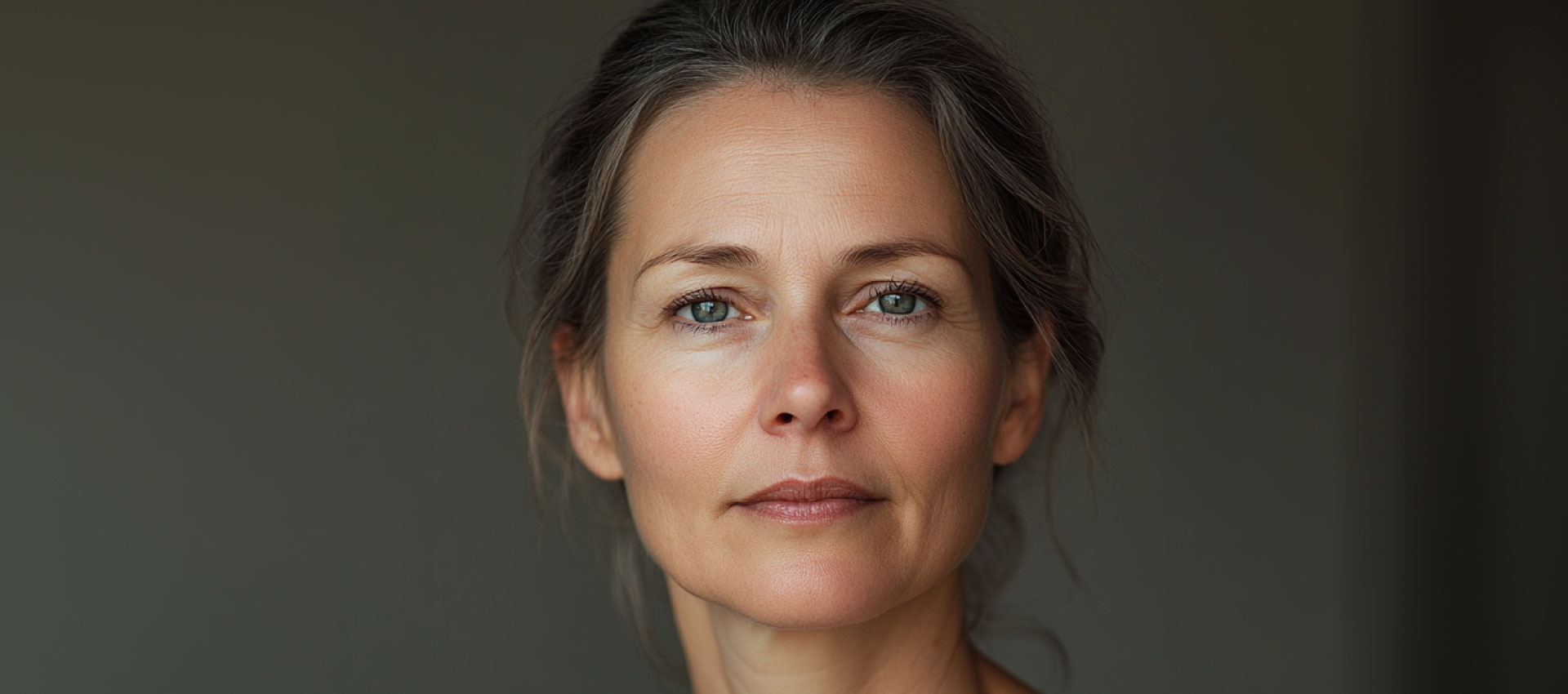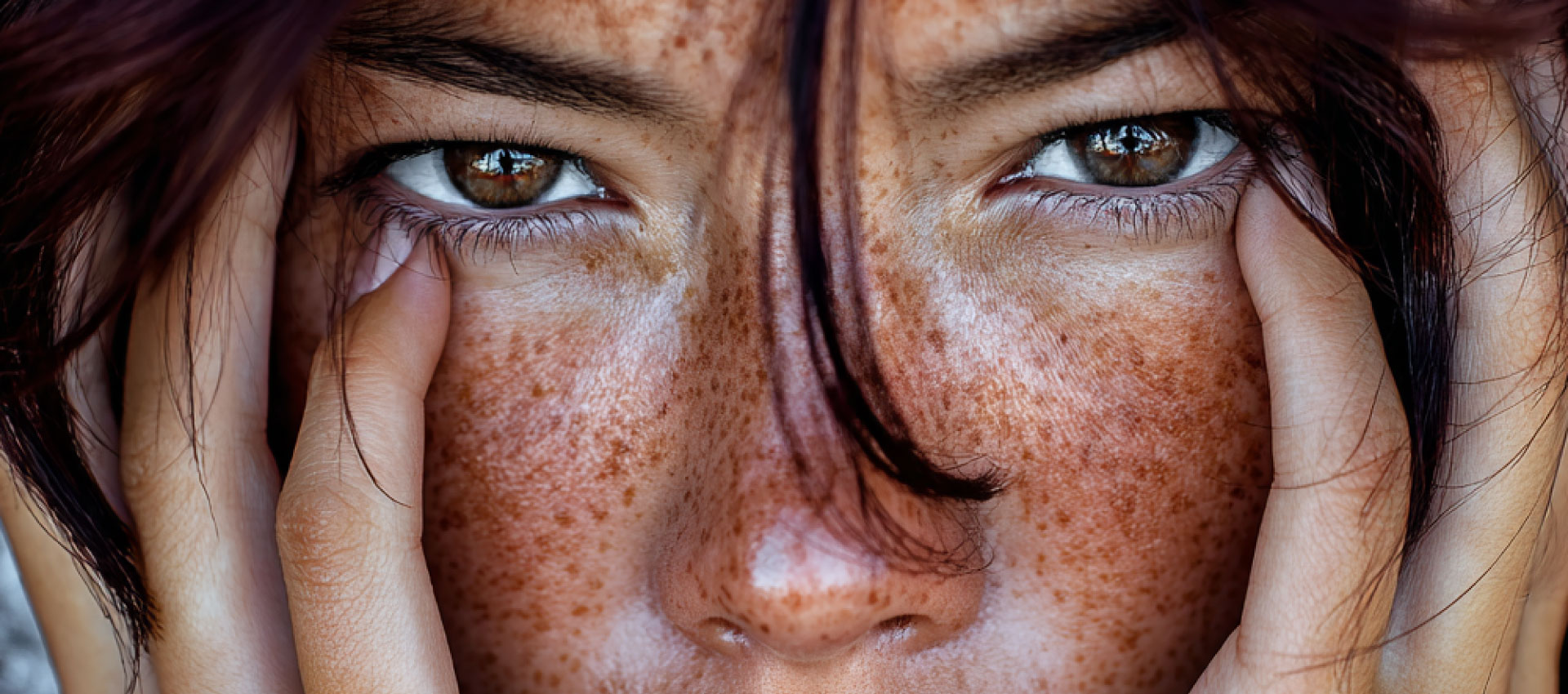There’s something undeniably comforting about the sun’s warmth on your skin. For many, it’s a symbol of relaxation, holidays, and happy days spent outdoors. But behind the glow, the sun can gradually change the way your skin looks and feels. Many people don’t realise just how much of what we call ageing skin is, in truth, the result of accumulated sun damage over the years.
Each time sunlight touches the skin, invisible ultraviolet rays penetrate its surface, disturbing the delicate balance of the cells beneath. In small doses, the skin can often repair this damage. But repeated, unprotected exposure creates changes that build up slowly and quietly. One of the first things people tend to notice is the appearance of fine lines and wrinkles. The sun weakens collagen and elastin, the two proteins that keep skin plump, firm and smooth. When these fibres break down, the skin loses its structure, becoming looser and less resilient. Over time, lines become more pronounced, and deeper creases start to form.
Sun damage doesn’t stop at wrinkles. The skin’s natural pigment can become uneven, leaving patches of darker or lighter colour behind. Freckles, age spots, and larger areas of pigmentation often appear on parts of the body that see the sun most often, like the face, chest, shoulders and hands. Though many people call them age spots, they’re more truthfully signs of sun exposure rather than simply getting older. These marks can add years to the skin’s appearance.
Another common effect of sun damage is visible blood vessels on the surface of the skin. You might see tiny red or purple lines, especially around the cheeks and nose. This happens because UV rays damage the supportive structure around the vessels, causing them to enlarge and become more visible.
The texture of the skin can change, too. Years of sun exposure may leave it rougher, drier, or with a leathery feel. Pores can appear larger, as the sun gradually weakens the skin’s natural elasticity – and these changes often happen so slowly that people barely notice them at first.
It’s easy to think that if the damage has already been done, there’s little point in trying to protect your skin now. But that’s far from the truth. While some changes can’t be completely reversed, there’s so much that can be done to help improve the skin’s condition and slow further damage. Protecting your skin from the sun isn’t just about preventing future wrinkles – it helps preserve the skin’s health, colour, and texture, allowing it to look healthier and more radiant for longer.
And if the sun has already left its mark, there are ways to help the skin look and feel better again. Treatments carried out by skilled professionals can improve pigmentation, refine texture, and reduce visible redness. But it’s important to seek advice and care from a reputable aesthetic clinic or aesthetician. They will have guided many people through the effects of the sun and can create a skincare plan tailored to your individual needs, lifestyle and skin type.







